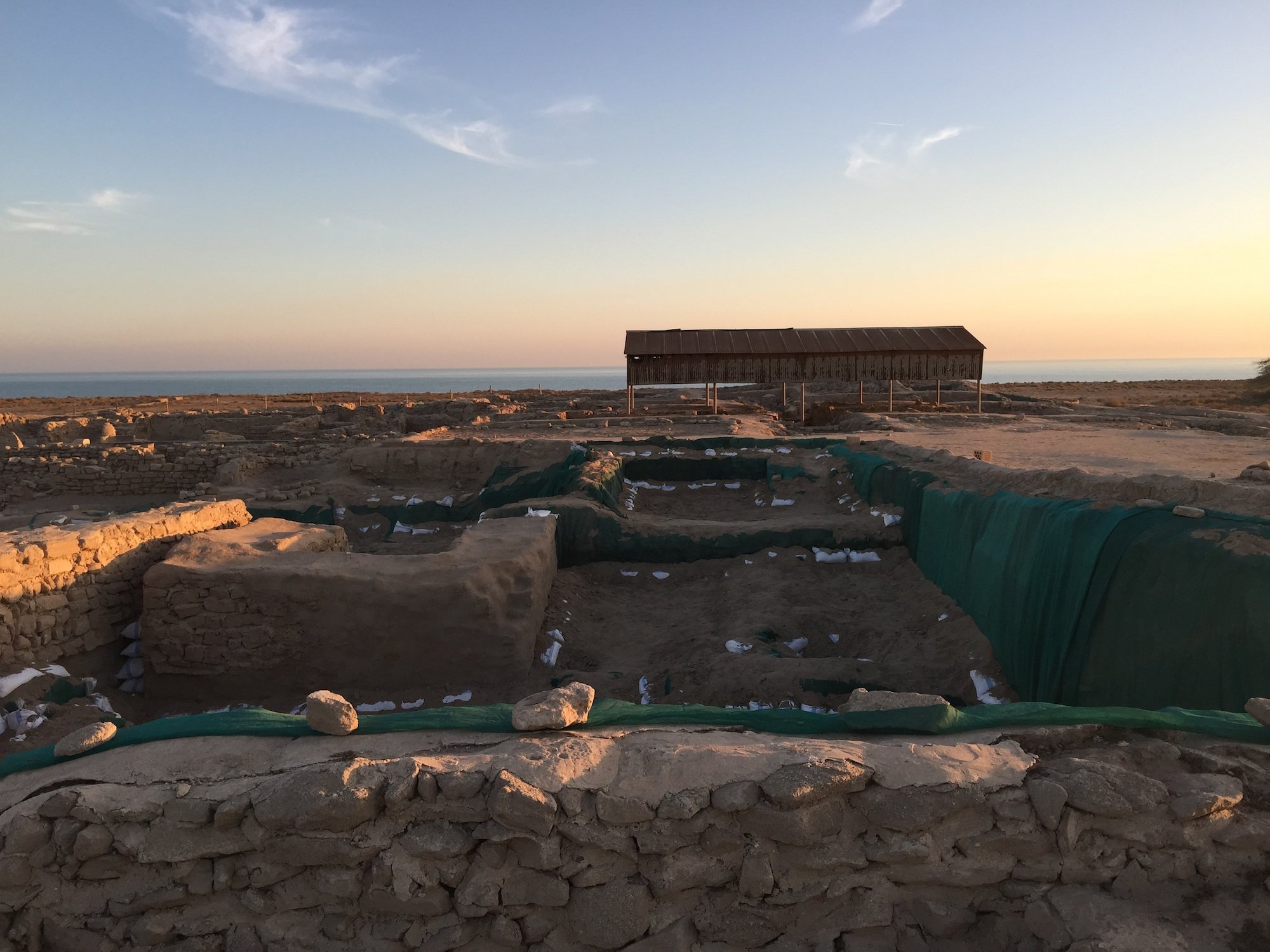
Failaka
The depopulated island of Failaka is situated in the Northern Arabian Gulf, just South of the confluence of the two great Mesopotamian rivers. Accumulating rich traces of civilisations since prehistoric times due to its natural resources, favourable climate and strategic position, the island also bears witness to the war-torn histories of the late twentieth century.
Important material traces of human settlements dating back to the Bronze Age Era are densely scattered across the island, with Dilmunic, Helennistic and Early Christian sites being the focal points of several international archaeological missions. Today, the island of Failaka presents a rich and paradoxical condition, one that is intrinsically linked to the contested modernity of Kuwait’s post-oil eras.
It is against this canvas of ephemerality and fragility, that DAR FIKAR has been established to host and develop FIKAR activities.
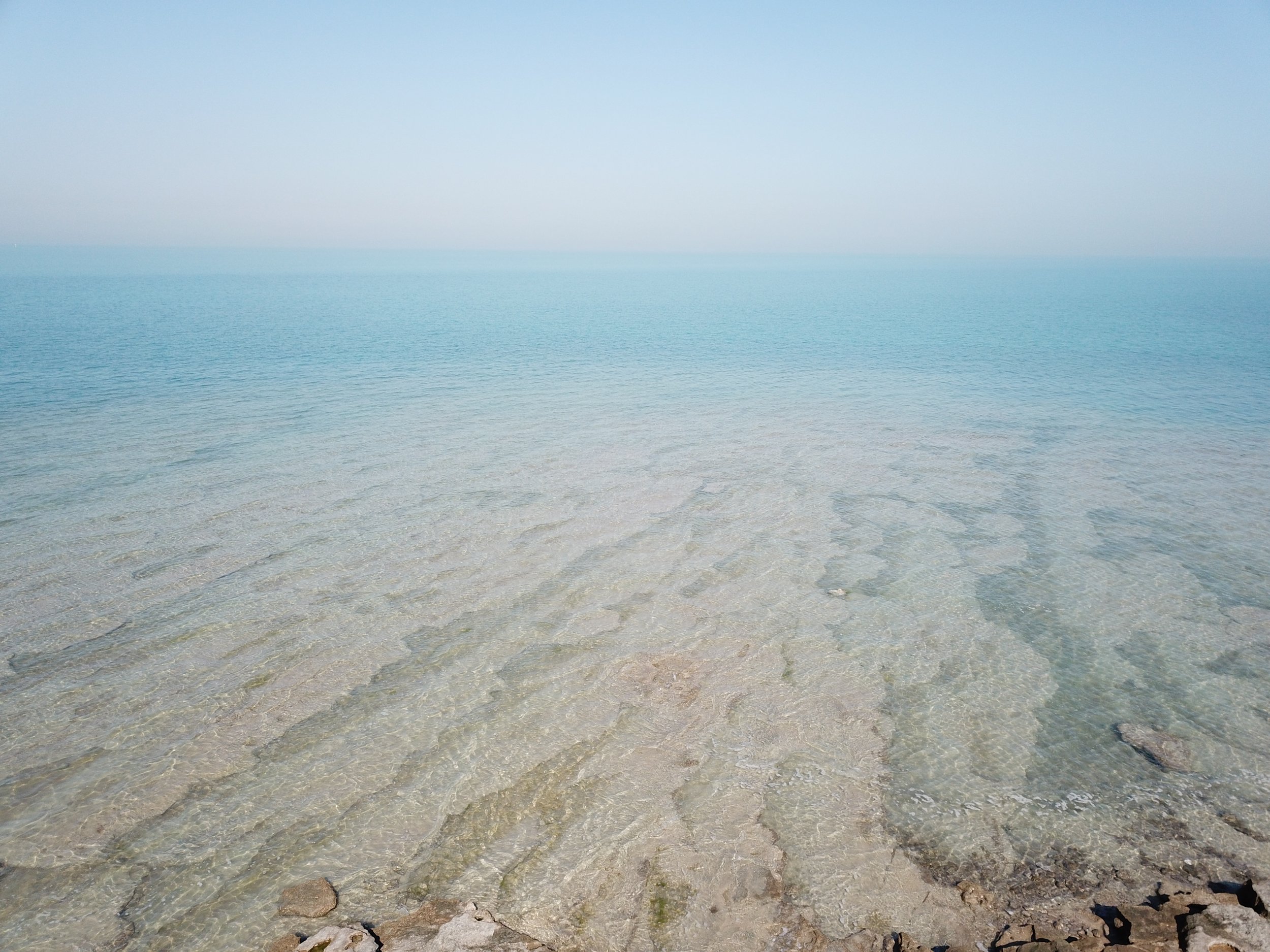

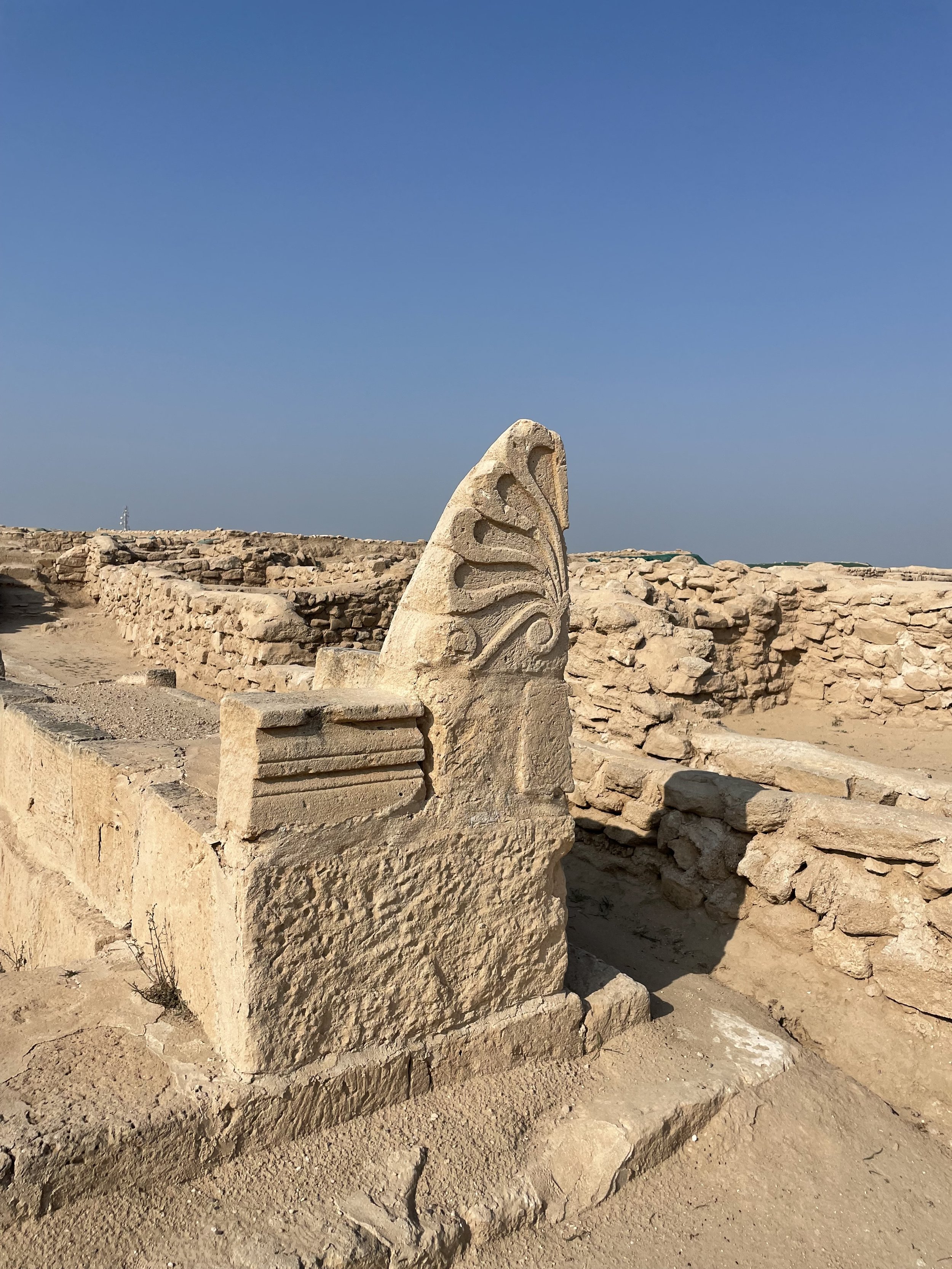
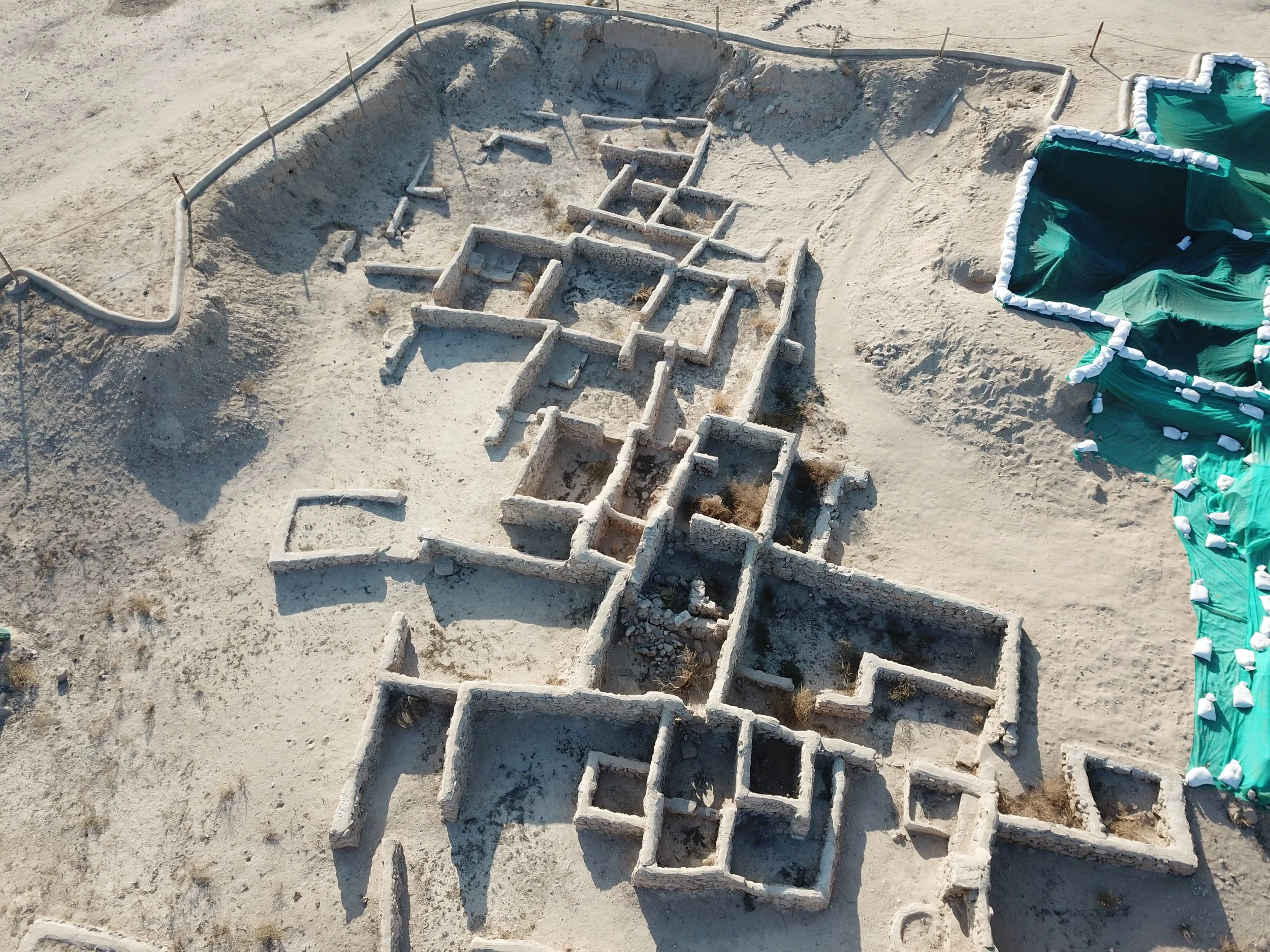
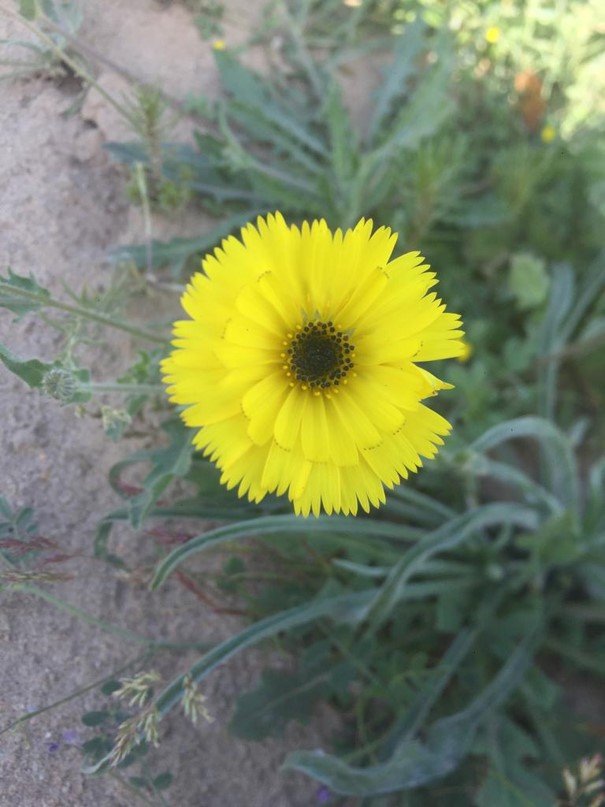
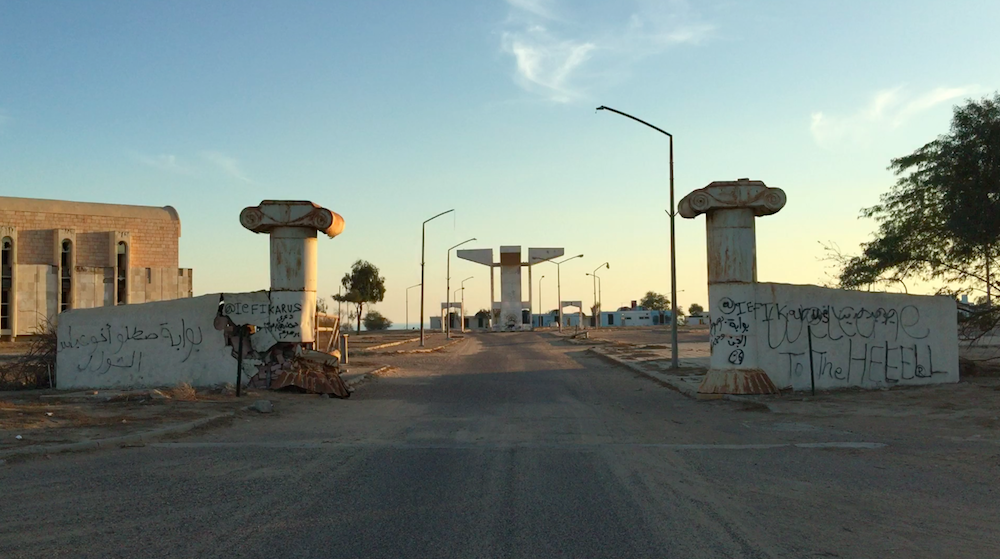
FAILAKA
one of the key sources of knowledge about civilizations emerging from within the Gulf region
Failaka Island is located approximately 20 km North East of Kuwait City. The island has a shallow surface measuring up to 12 km in length and 6 km wide.
The island proved to be an ideal location for human settlements, known for its wealth in natural resources such as harbors, fresh water, fertilized soil, as well as being a strategic maritime commercial route that links the civilizations of Mesopotamia from the northern side and the Gulf from the southern side. Studies indicate traces of human settlement can be found on Failaka dating back to as early as the end of the 3rd millennium BC, and extending until 19th century AD.
Failaka was first known as Agarum, the land of Enzak, the great god of Dilmun civilization according to Sumerian cuneiform texts found on the island.
As part of Dilmun, Failaka became a hub for the civilization which radiated around Bahrain from the end of the 3rd to the middle of the 1st millennium BC. Dilmun was a necessary interlocutor for its powerful neighbors in their need to exchange processed goods against raw materials. Sailing the Arabian Gulf was by far the most convenient way of trade at a time when transportation by land meant a much longer and hazardous journey.
The flourishing cities of Sumer in Mesopotamia, the sophisticated Harappan people from the Indus Valley (Meluhha in Sumerian texts), the industrious inhabitants of Magan (The Oman Peninsula during the Bronze age period) and of the Iranian hinterland have left many archeological traces of their encounters on the island. From a less tangible point of view, it is still debated among academics whether Failaka might be the mythical Eden, the place where Sumerian hero Gilgamesh almost unraveled the secret of immortality, the paradise later described in the Bible.
As a result of changes in the balance of political powers in the region towards the end of the 2nd millennium BC and beginning of 1st millennium BC, the prominence of Failaka began to deteriorate.
In the end of the 4th century BC, Failaka appears to be the island which saved the Greek traveler Sotelos and his companions from sinking (as described by Sotelos stone which was found on the island).
Studies indicated that Alexander the Great received reports about two islands from the missions sent to discover the Arabian shoreline of the Gulf, one of which located around 120 Stadia (one stadia is roughly equivalent to 185 meters) from the estuary, where the second island located a complete day and night sailing journey with proper climate conditions. As the historian "Aryan" stated: “Alexander the Great ordered to name the nearer island "Ikaros", which is known as Failaka now, and the distant island as "Tylos" which is now known as the Kingdom of Bahrain. Ikaros was described by the explorers as an island covered with rich vegetation and a shelter for numerous wild animals, considered sacred by the inhabitants who dedicate them to their local goddess. After Alexander's death, the island became an important harbor for the Seleucid kingdom.
After the collapse of the great empires in western Asia (Greek, Persian, Roman), the first centuries of The Christian era brought new settlers to Failaka. Following a long tradition of religious fervor in its sanctuaries, the island becomes a secure home for a Christian community, possibly Nestorian, until the 9th century AD. Its name may have changed again at that time, as a place called Ramatha. At Al-Qusur in the center of the island, archeologists have uncovered two churches, built at an uncertain date, around which grows a large settlement. Failaka was then continuously inhabited throughout the Islamic period until the present. Excavations on the Island began in 1958 and are still going on until today. Many expeditions have landed on Failaka since and it is considered one of the key sources of knowledge about civilizations emerging from within the Gulf region.
(Source: National Council for Culture, Arts & Letters, Submission to UNESCO)
Resources on Failaka
Under construction - the section will regularly be updated.
Excavations
Kuwait’s Failaka Island has a history stretching back 4,000 years and is known for its important archaeological excavations. It is on the tentative list to become a UNESCO World Heritage Site. Currently, there are numerous international archeological missions -from France, Poland, Slovakia, Italy, and Denmark- working on the following excavations:
Mesopotamian Period: Danish teams have found evidence that Mesopotamians built structures on the island around 2000 BCE and used the island as a base for a trading network in the Indian Ocean.
Dilmunite Period: the ancient Dilmun civilization was based in Bahrain. Around 2000 BCE, they, “were leaving their homeland to become seagoing merchants and establish a powerful trading network that eventually stretched from India to Syria.” Their settlements, temples, and jewelry workshops have been excavated on Failaka Island. They are well known for creating interesting seals. Around 1730 BCE, the Dilmun trade network collapsed.
Hellenistic Period: during the time of the Seleucid Empire (312 – 63 BCE), Greeks built a fortress and temple on the island–which are perhaps the most iconic ruins, appearing on the 1KD bill. According to the Archaeology magazine article, the name “Failaka” comes from the Greek word for “outpost.” In her work Voice of the Oud, Jehan Rajab writes that, “Failaka was known to the Greeks as the friendly island. Hence the possible Greek connection for ‘FILIKA’ which written in Greek translates as friendly.”
Christian Era: in the 8th/9th centuries of the common era, a small Christian community lived in the center of the island. In 2016, the work Al-Qusur, A Christian Monastery on Failaka Island was published detailing this archaeological site.
Early Modern Period: in the north of the island, at Al-Quraniya, there is evidence of a community dating back to the 1600s. Some have theorized that they were pirates who lived on Failaka to, “attack the lucrative shipping lanes that led to wealthy Iraqi cities such as Basra or to ports along the Iranian coast to the east.”

